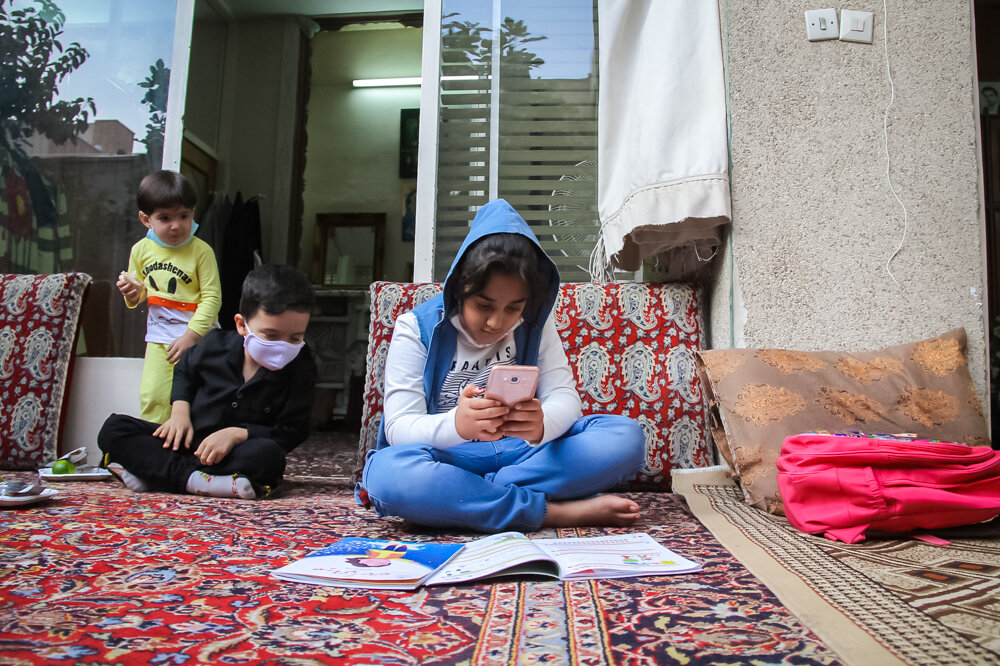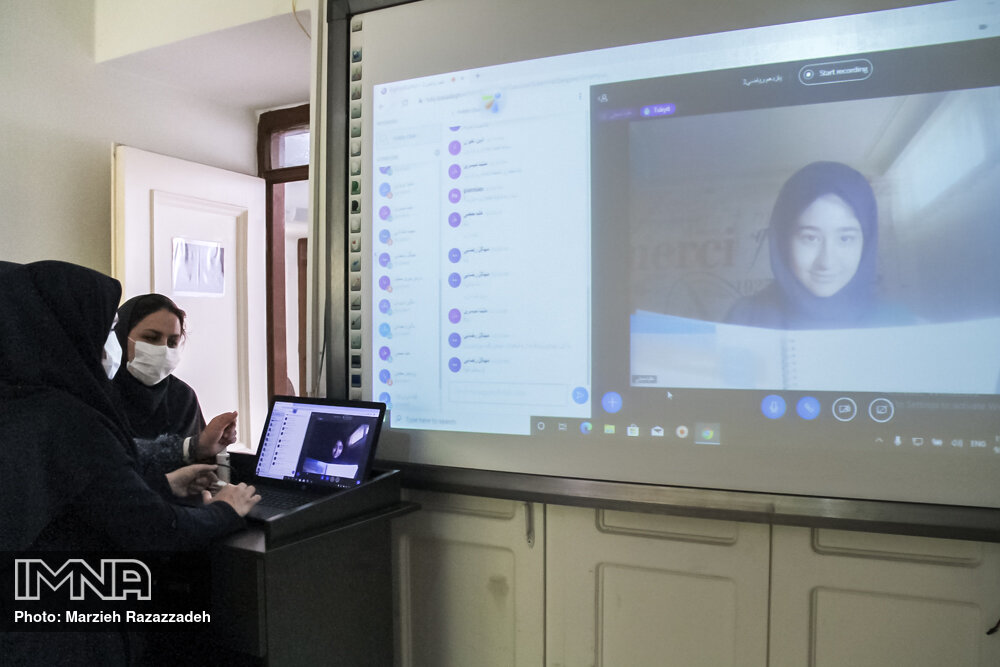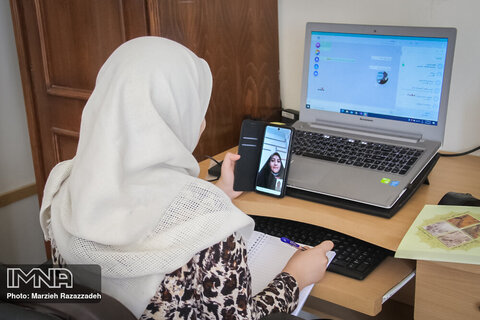Iran (IMNA) - This current situation has brought back memories of the eight-year war between Iran and Iraq, particularly for those residing in major cities such as Tehran and Isfahan. During that tumultuous period, Iraqi missiles relentlessly targeted these urban centers, prompting countless families to seek refuge in remote areas considered safer from the attacks.
Now, as the nation battles the ongoing health crisis, Iranian students must adapt to a new educational landscape, reminiscent of the challenges faced during those war-torn years. With physical classrooms replaced by virtual ones, students are confronted with the need to adjust to the unfamiliar terrain of online learning.
The previous experience of distance learning during the war has offered some valuable insights for educators and students alike. However, the magnitude and duration of the current crisis pose unique challenges that must be addressed promptly and effectively.
As the nation grapples with the impact of the Coronavirus, the resilience and adaptability of Iranian students are being put to the test once again. Only time will tell how this latest round of distance learning will shape their educational journey and future prospects.
Iranian Students Embrace Distance Learning with Technological Advancements
In a nostalgic trip down memory lane, Iranians in their late 30s or early 40s reminisce about the teaching schedules on public TV from decades ago. During that time, when television was still in its infancy, there were only two channels available, with channel II exclusively dedicated to distance learning. Mathematics, history, and social sciences were taught by unfamiliar teachers whose teaching methods were not well-known to the students.
Fast forward almost 35 years later, and Iran finds itself in the midst of another crisis. However, this time, thanks to advancements in technology, Iranian students have the opportunity to continue their education from a distance. Unlike the past, where communication between students and teachers was limited, technology now offers a chance for more constructive engagement and interaction.
With the aid of modern tools such as video conferencing, online platforms, and educational apps, students can participate in virtual classrooms and engage in real-time discussions with their teachers. This new approach to distance learning has the potential to enhance the overall learning experience and bridge the gap between students and educators.

As Iranian students adapt to this new mode of education, they find themselves equipped with the resources necessary to overcome the challenges posed by the current crisis. The integration of technology into the learning process opens up possibilities for innovative teaching methods and collaborative learning opportunities, fostering a more dynamic and interactive educational environment.
Iranian students have come a long way since the days of limited TV channels and unfamiliar teachers. With the advent of technology, they now have the means to embrace distance learning and establish meaningful connections with their educators. As the world evolves, so does the educational landscape, providing Iranian students with the tools and opportunities needed to thrive in an ever-changing society.
COVID-19 Outbreak Spreads Worldwide, Schools Forced to Close as Distance Learning Becomes Vital
In a significant shift, Western media outlets have opted to replace the term "pandemic" with "outbreak" when referring to the global health crisis caused by the Coronavirus. This change in terminology is seen as a signal of heightened alertness across all nations.
The impact of the Coronavirus has now reached every continent, except for Antarctica, as it continues its relentless spread. In response to this escalating threat, numerous schools in both the United States and Europe took the proactive measure of temporarily closing their doors at the beginning of the current semester. The aim was to implement stringent measures to control and contain the virus within communities.
Given the mounting concerns surrounding the rapid transmission of the Coronavirus, there is a growing possibility that schools will remain closed for several weeks. This situation has prompted educators to explore alternative methods of instruction, with distance learning emerging as a viable solution to bridge the learning gap during this challenging time.
Iranian Students Share Distance Learning Experiences Amidst Global Crisis
In light of the current global situation, students worldwide are now experiencing what Iranian students faced 35 years ago. Drawing from their own encounters with distance learning, former Iranian students and teachers emphasize that the quality of remote education cannot match that of traditional classroom settings. One of the most significant shortcomings of TV classes was the lack of two-way communication, hindering effective learning. Additionally, the examination system underwent changes to facilitate course completion.
Given the ongoing Coronavirus crisis, Iran is poised to share its wealth of experiences in distance learning with other nations. While information technology has revolutionized the educational landscape, the psychological aspects of remote education may still present challenges. Identifying the shortcomings of 21st-century distance learning and virtual classrooms remains an important task, and the insights of former Iranian students and teachers serve as invaluable resources in this regard.



Your Comment